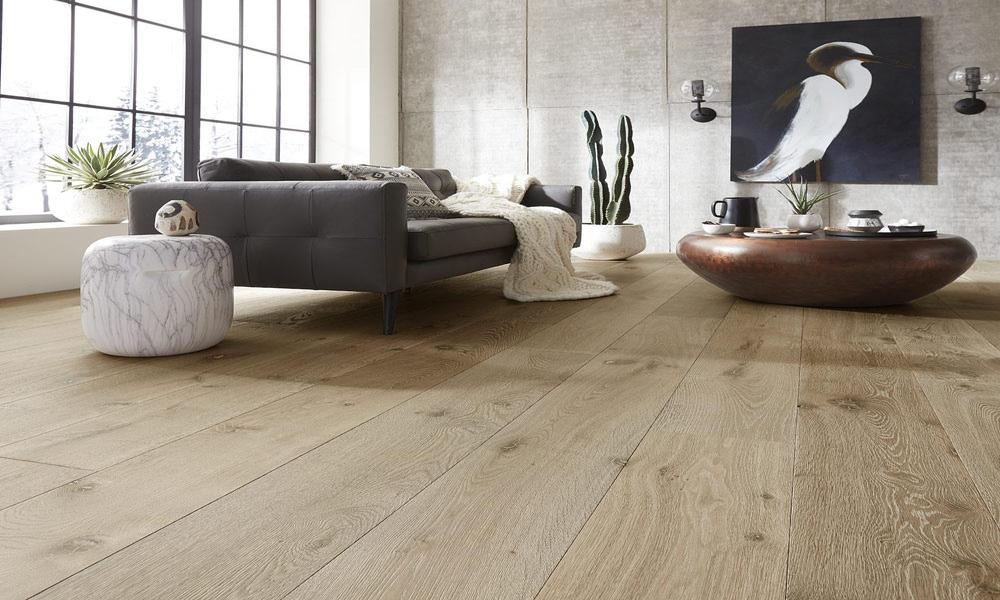Wooden flooring is a versatile option for interior design because it complements almost any decor style. Whether it’s a traditional or modern look, wooden floors add an elegant and timeless charm to a space. They are also incredibly durable and can last for decades with proper maintenance, making them an excellent investment for homeowners. Moreover, wooden flooring is available in various species, colors, and textures, allowing designers to create a unique look tailored to the homeowner’s preferences.
Wooden flooring are also easy to clean and maintain, making them an ideal choice for high-traffic areas. Regular sweeping, vacuuming and occasional mopping will keep the floors looking beautiful for years to come. Additionally, wooden floors are hypoallergenic and do not trap dust and allergens, making them a healthy flooring option for people with allergies.
How can designers incorporate wooden flooring into their designs?
Designers can incorporate wooden flooring into their designs in various ways to create a cohesive look. One way is to use wooden floors to anchor a room’s color scheme. For example, if a room has a neutral color palette, designers can add warmth and texture by choosing a darker wooden floor. Conversely, if a room has bold colors, designers can balance the look by selecting a light wooden floor.
Another way designers can incorporate wooden flooring is by layering textures. For instance, combining a smooth, shiny wooden floor with a textured rug or carpet can create an interesting contrast that adds depth and dimension to the room. Additionally, designers can use different wood species to create a visual interest in the flooring. Using contrasting wood tones, such as light and dark wood, can create a unique look that adds personality to the room.
Designers can also use wooden flooring to create visual interest by incorporating patterns. Herringbone, chevron, and diagonal patterns are just a few examples of patterns that can create a stunning visual effect in a room. These patterns can add depth, texture, and character to the floors, creating a focal point for the room.
What are the different types of wooden flooring available for interior designing?
Designers have a wide range of wooden flooring options to choose from when designing an interior space. One popular option is solid wood flooring, which is made from solid wood planks and can be sanded and refinished multiple times. Solid wood flooring comes in various wood species, including oak, maple, and walnut, and can be stained to match any decor style.
Another option is engineered wood flooring, which is made from a thin layer of real wood veneer glued onto a plywood base. Engineered wood flooring is more stable than solid wood and can be used in areas where solid wood flooring is not recommended, such as in areas with high moisture levels.
Laminate flooring is another popular option for interior design. It is made from a high-density fiberboard topped with a photographic layer of the wood grain. Laminate flooring is affordable and easy to install, making it an ideal option for DIY projects. However, it is less durable than solid wood or engineered wood flooring and cannot be refinished.





